Tok … tok … tok … tok … ….
26 June
tok … tok … tok … tok … tok … …
Today and tomorrow the focus of the scientific work on board is on seismic measurements, and during that time, on top to all other sounds, a constant tok … tok … tok … tok … tok … … is hearable. So you know exactly that the work is still going on.
The marine seismic work aims on getting a clear picture about the subsurface below the sea floor. Therefore sound waves of different frequencies are send into the sea-floor by using a Sparker system and a Chirp towfish system.
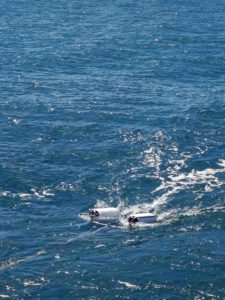
The Sparker seismic system in the water. |
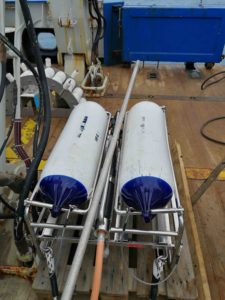
The Sparker system on board. |
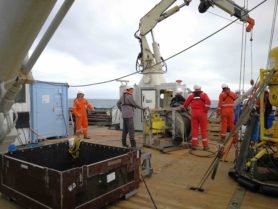
Hoisting of the Sparker seismic system in the North Sea. |
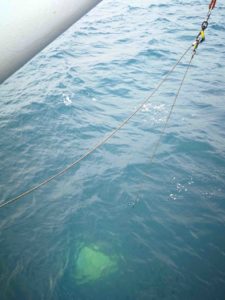
The Chirp towfish seismic system in the water. |
When the sound waves penetrate the subsurface and encounters a boundary between two materials, e.g. sand, peat or clay, some of the energy is reflected while some continue through the boundary. The reflections are registered by an acoustic receiver, a so-called “streamer”, and these reflections tell us more about the type of sediment layers at our position, their thickness and density.
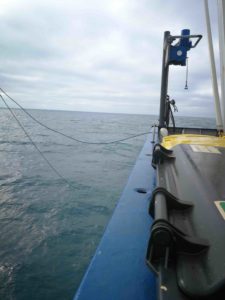
Side view along the Pelagia, where the streamer is deployed. |
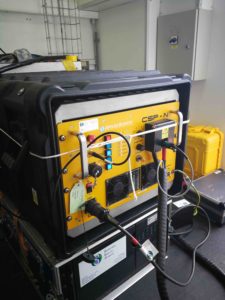
Sparker high voltage power source. |
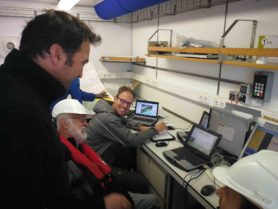
On-site analysis of seismic data. |
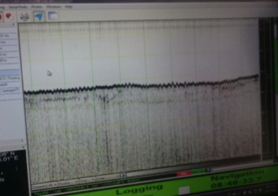
Example of Chirp seismic data. |
For people mostly focus on the air, it is absolutely fascinating to see how the subsurface of the sea floor can be made visible! If you are interested in more details, have a look at the NIOZ blog from 2017:
https://www.nioz.nl/en/blog/north-sea-expedition-sea-level-rise

